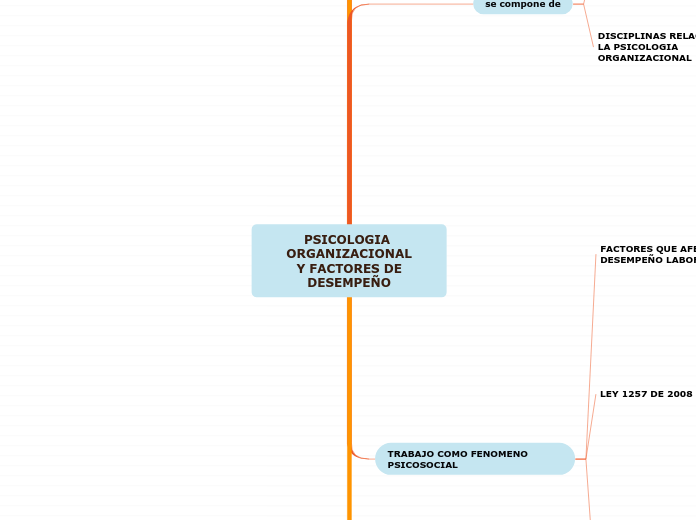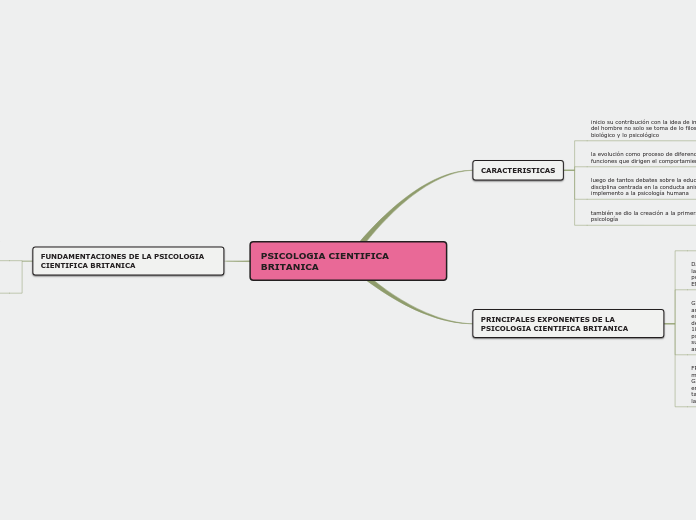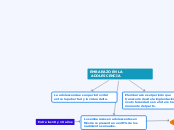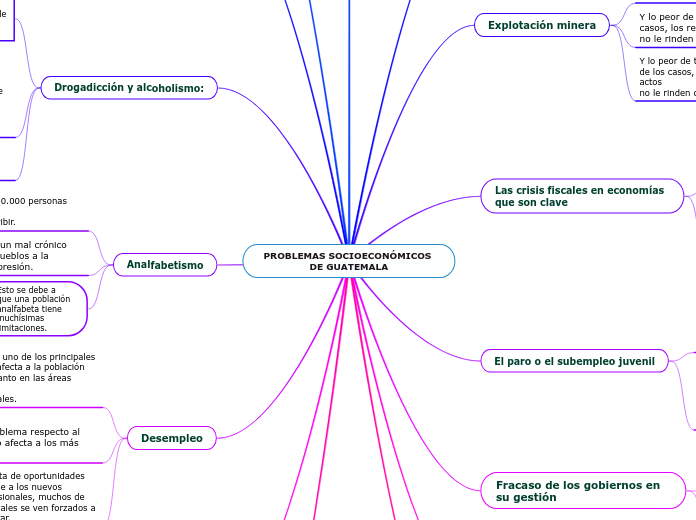PSICOLOGIA ORGANIZACIONAL
Y FACTORES DE DESEMPEÑO
To name your story, you have to think about the overall message and what you want your audience to understand from the story. Also, make it relevant and easy to remember.
CONCLUSIONES
Finalmente, reconocer cuando se exceden los limites o abusos de autoridad y hay presencia de maltrato laboral y cuando no.
logre identificar, cuando hay presencia de acoso laboral en cualquiera de las areas asignadas y cual es el paso a seguir
Logre identificar la ley de acoso sexual, por si se presenta alguna situación que lo requiera ya sea en el ámbito personal o profesional.
Logre apreciar los factores que afectan el desempeño laboral.
Que nos permiten crear un pensamiento mas critico acerca de la organización de tal manera que podamos plantearnos objetivos de corto, mediano y largo plazo.
Saber identificar las areas de aplicabilidad de la psicologia organizacional en las empresas, ya que de alguna manera contribuyen en fortalecer las habilidades de la misma.
Reconocer la importancia de la psicología organizacional en el funcionamiento optimo de los grupos en las organizaciones.
TRABAJO COMO FENOMENO PSICOSOCIAL
The ending of a story is essential. We all know that if the ending is weak, what happened before loses its importance. So make it unpredictable, but fair. A resolved ending answers all the questions and ties up any loose threads from the plot.
LEY DE ACOSO LABORAL 1010/2006
DISCRIMINACION LABORAL
Credo religioso
origen familiar
genero
Trato diferenciado por razones de raza
PERSECUSION LABORAL
exceso de trabajo y cambios permanentes de horario
cuyo proposito es inducir la renuncia del empleado
MODALIDADES DE ACOSO LABORAL
MALTRATO LABORAL
Todo comportamiento tendiente a menoscabar
Descalificacion humillamte en presencia de compañeros de trabajo
Amenazas de despidos injustificadas
expresiones hostiles
Agresion fisica
Es toda conducta persistente y demostrable ejercida sobre un funcionario
Subalterno
Compañero de trabajo
Superior jerárquicoinmediato
El empleador
ENFOCADA EN
Inducir a la renuncia
Generar desmotivacion en el trabajo
Causar perjuicio laboral
Infundir miedo
LEY 1257 DE 2008
This is the closure section of the story.
See examples of possible outcomes below:
- all problems have been solved
- it's clear how each one of your characters ends up
- your main character is transformed by the challenge
Fue tipificada, en colombia el 4 de diciembre en el articulo 29 como la conducta de acoso sexual
Try answering these questions to come up with a closure:
- Have all the problems been solved?
- Is there a clear picture of what happens with each character in the story?
- Has the challenge transformed your main character?
- How do the characters feel in the end?
FACTORES QUE AFECTAN EL DESEMPEÑO LABORAL
This is the moment when the main character surpasses the last obstacle and finally faces their greatest challenge.
The climax usually follows one of these patterns:
- realization
- resolution
- choice
Type in your answer.
ESTATUS GRUPAL
Cuanto mayor sea el estatus de grupo mayor sera su cohesion
TAMAÑO DE GRUPO
los grupos son mas cohesivos y se desempeñan mejor cuando el tamaño del grupo es pequeño
PRESION EXTERNA
AISLAMIENTO
El aislamiento fisico es otra variable, que tiende aumentar la cohesion de un grupo
ESTABILIDAD DE GRUPO
HOMOGENEIDAD GRUPAL
La homogeneidad de un grupo es el grado en el que sus miembros son similares.
COHESION GRUPAL
SEGUN BEALE, COHEN, BURKE Y MCLENDON, (2003), Entre mas cohesivo sea el grupo mayor sera:
Facilidad en la toma de decisiones
Productividad
se compone de
The middle of the story is where you add layers of complications that will lead to the end. Reveal more about the character's journey. Did their personality go through changes? How did they overcome the challenges? And as you build up the story’s central conflict, make it more personal to that character. Also, from the middle act, you have to lead into the final act.
DISCIPLINAS RELACIONADAS A LA PSICOLOGIA ORGANIZACIONAL
Your character(s) need(s) motivation in order to solve the challenge(s).
El comportamiento organizacional es una ciencia que se enriquece con las aportaciones de varias disciplinas del comportamiento. Las sobresalientes son: psicológica, psicología social, sociología, sociología organizacional, antropología y ciencia política.
Why does your character need to confront this challenge? What does he/she expect to accomplish by solving it?
See a few examples:
- will marry in 3 days
- can fix the mistakes of the past
ABORDAJE HISTORICO DE LA PSICOLOGIA ORGANIZACIONAL
Each story has a main character and that character usually needs to solve a problem or challenge. The character's challenge is the one that creates tension throughout the story.
Según SANCHEZ Y LEVINE, (2000). Subrayan la importancia de un proceso llamado análisis de puesto que reúne, analiza y estructura la información sobre los componentes, las características y requisitos del puesto
In most stories, there are 3 challenges. The number 3 is a mystical number symbolizing completeness. Try to come up with interesting challenges with which your character needs to struggle.
See a few examples below:
- turns into a werewolf at night
- is sent back in time
AREAS DE APLICABILIDAD DE LA PSICOLOGIA ORGANIZACIONAL EN LAS EMPRESAS ACTUALMENTE
PSICOLOGIA DEL CONSUMIDOR
Estudia el interes del consumidor
PSICOLOGIA ERGONOMICA
Adaptación de las maquinas ,tareas y habientes de trabajo
PSICOLOGIA DE LA ORGANIZACION
Análisis de puesto , Diseño de tareas
PSICOLOGIA DEL PERSONAL
Encargada de la selección del personal
PSICOLOGIA GERENCIAL
Son los conocimientos psicológicos aplicados al liderazgo, el ejercicio del mando y del poder
CONCEPTUALIZACION, OBJETIVOS DE LA IMPORTANCIA DE LA PSICOLOGIA ORGANIZACIONAL
In the beginning of the story (or the exposition), you will need to introduce the setting and characters. You might also want to introduce the main conflict. This part of the story is important because it gives the reader necessary background information and maybe even a first insight into a character’s personality.
SE DIVIDE EN
Objetivo y funciones de la psicologia organizal
Conceptos claves de la psicologia organizacional
Analisis de los aspectos genericos de la psicologia organizacional
Es el estudio cientifico del funcionamiento optimo de la salud de las personas y de los grupos en las organizaciones
Characters are essential to a good story. Usually, the protagonist(s) is/are the most affected by the plot. Introduce a character by focusing on their actions, interests, and occupation, as the physical appearance doesn't make a difference in most cases.
OBJETIVO
FUNCIONES
Aumentar de efectividad organizativa










